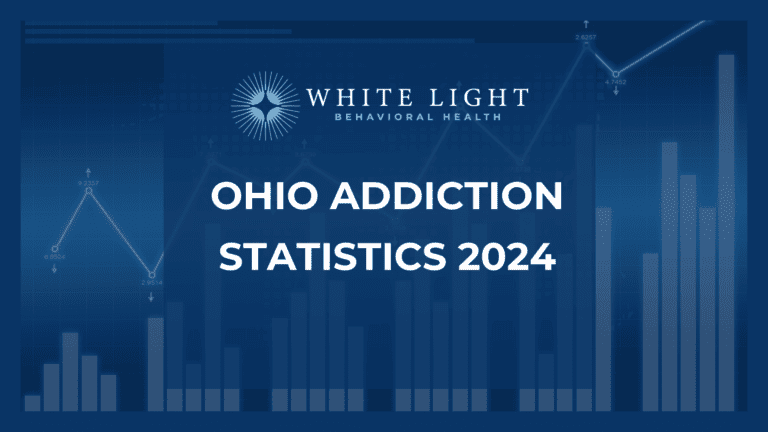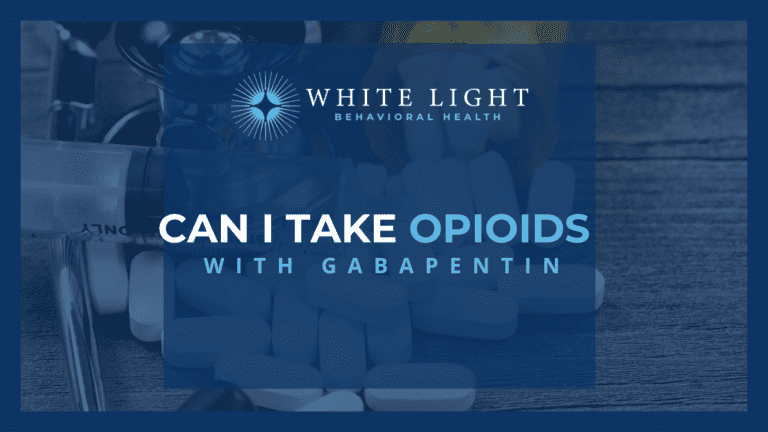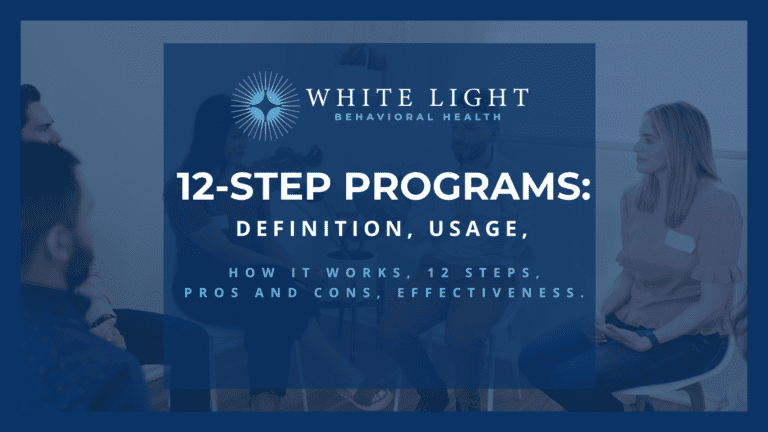Klonopin, or clonazepam, is a benzodiazepine, which is a class of tranquilizers that have a calming effect on the body and mind. Other prescription drugs in this class include Valium (diazepam), Xanax (alprazolam), and Ativan (lorazepam). Doctors often prescribe Klonopin to deal with issues like panic attacks and anxiety. The sedative effects of Klonopin are due to the drug’s ability to elevate levels of the inhibitory neurotransmitter gamma-aminobutyric acid (GABA), which can reduce excessive brain activity.
If taken as directed, Klonopin can be an effective and safe treatment for anxiety and other conditions, including seizure disorders. However, like with all benzodiazepines, abuse, dependence, and addiction are risks. Prescription drug abuse—either taking more than recommended or using the medicine for non-medical purposes—can speed up the onset of dependency and lead to addiction. However, even regular users can become dependent. People addicted to Klonopin may find it difficult to stop taking the drug even though they know the drawbacks associated with maintaining their habit.
Klonopin Detox And Rehab Services in Columbus, Ohio
White Light Behavioral Health approaches Klonopin detox with a comprehensive, client-centered philosophy. Recognizing the diverse needs of those struggling with Klonopin dependence, our programs are designed to provide personalized care. This includes assessing each client’s medical history, pattern of use, and co-occurring mental health conditions to create a tailored detox plan. Our Ohio facility is equipped to offer dual diagnosis treatment, ensuring clients with concurrent mental health issues receive integrated care that addresses the full spectrum of their recovery needs.
- Detoxing from Klonopin requires a carefully managed approach due to its potential for severe withdrawal symptoms. White Light Behavioral Health offers a broad spectrum of rehab programs to support clients through the detoxification process and beyond, ensuring a holistic path to recovery:
- Medical Detoxification: Utilizes evidence-based protocols to safely manage withdrawal symptoms, providing round-the-clock medical supervision.
- Residential Rehab: Offers a structured, therapeutic environment for clients to begin their recovery journey, focusing on both medical and emotional support.
- Partial Hospitalization Program (PHP): Acts as an intermediary step, providing intensive care during the day while allowing clients the comfort of their own homes at night.
- Intensive Outpatient Program (IOP): Supports further stabilization with a schedule that accommodates work or school, facilitating continued recovery with a focus on flexibility.
Why Choose White Light for Klonopin Detox And Rehab in Columbus, Ohio
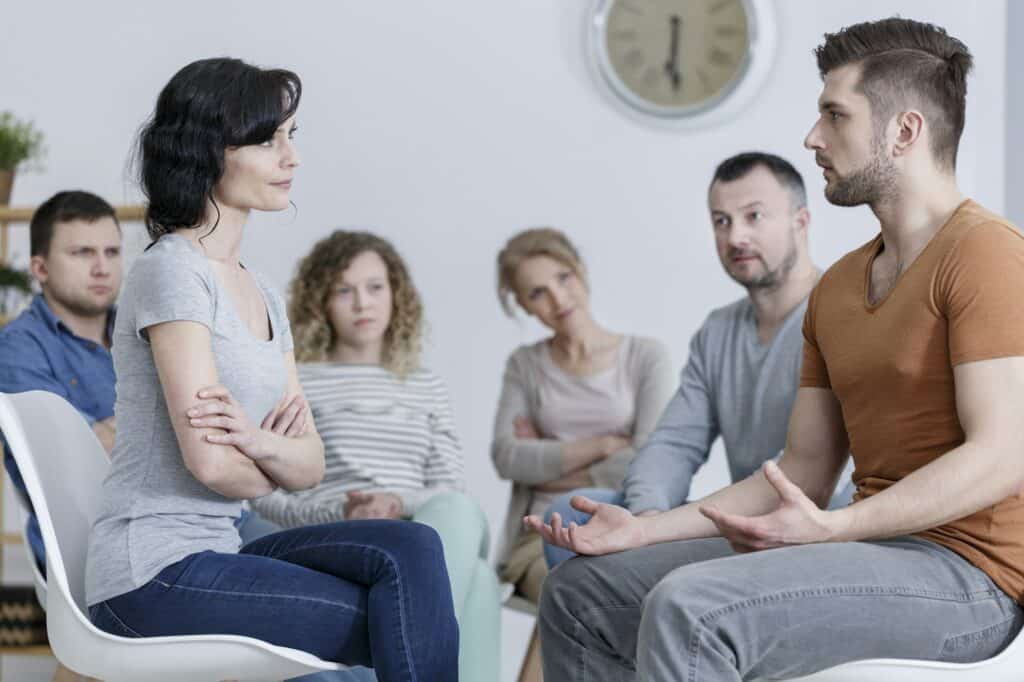
Selecting White Light Behavioral Health for Klonopin treatment means choosing a facility that truly cares about your recovery and well-being. Here’s why White Light is the optimal choice for those facing Klonopin withdrawal in Ohio:
- Expert Medical Care: Our team of healthcare professionals specializes in addiction treatment and is experienced in managing the complexities of Klonopin withdrawal, providing the highest level of medical care.
- Holistic Treatment Approach: We believe in treating the whole person, not just the addiction. Our comprehensive care model addresses physical health, mental well-being, and emotional recovery, ensuring a well-rounded approach to sobriety.
- Personalized Treatment Plans: At White Light, we understand that each client’s journey is unique. Our detox plans are customized to meet individual needs, ensuring a more effective and personal recovery experience.
- Supportive Environment: Our Ohio facility offers a safe, nurturing space conducive to healing and recovery. Clients can focus on their detox and treatment without the stressors of everyday life, supported by caring staff and a community of peers.
Who Needs Klonopin Detox And Rehab?
- The Klonopin detox program at White Light is suited for individuals facing challenges with Klonopin use, whether it’s due to long-term prescribed use that’s led to dependence or misuse of the medication. Indicators that detox may be necessary include:
- Experiencing withdrawal symptoms when attempting to reduce or stop Klonopin use, such as increased anxiety, insomnia, seizures, or physical discomfort.
- Developing a tolerance to Klonopin, necessitates higher doses to achieve the same therapeutic or euphoric effect.
- Prioritizing Klonopin use over personal, professional, or educational responsibilities.
- Continuing to use Klonopin despite awareness of its negative impact on health, relationships, and overall quality of life.
- Engaging in doctor shopping or illicit activities to obtain more Klonopin.
- A desire to stop using Klonopin but finding oneself unable to do so due to cravings or fear of withdrawal.
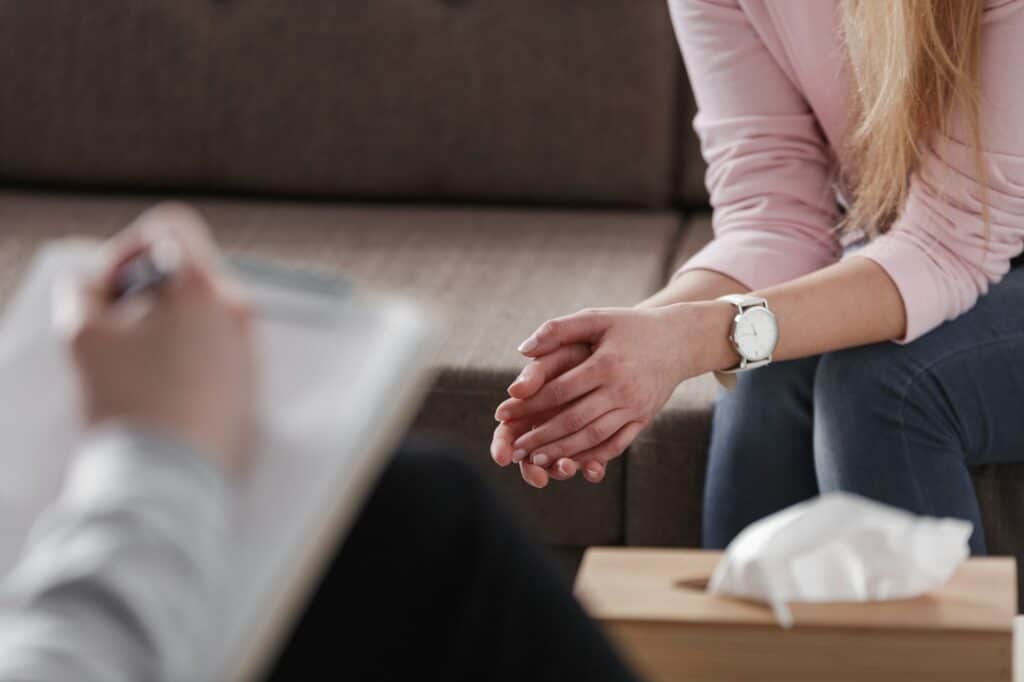
The Klonopin Detox Process at White Light
Understanding Klonopin Withdrawal
Withdrawal Symptoms
When a user of Klonopin abruptly stops using the medicine, they may experience a wide range of withdrawal symptoms. Some factors that contribute to the severity of these symptoms include:
- Duration of Klonopin use
- Dosage size and frequency
- Combining Klonopin with other substances
- Individual medical history
Like other benzodiazepines, Klonopin reduces brain activity, making the user feel calm and at ease. When the drug is removed from the body, a rebound effect can occur, leading to anxiety and nervousness. Other withdrawal symptoms include:
- Hallucinations
- Elevated core temperature
- Irritability
- Coordination issues
- Sleeplessness
- Nausea and vomiting
- Seizures
- Sweating
- Increased heart rate
- Hand tremors
- Dizziness
- Visual disturbances

Medications for Withdrawal
Klonopin vs. Xanax: What Are The Differences
Klonopin is known for its relatively long half-life, meaning it stays in the body longer, providing sustained relief from anxiety symptoms. This longer duration can make it a preferred option for individuals requiring continuous anxiety management without frequent dosing. Klonopin is often used for generalized anxiety disorder and seizure disorders due to its prolonged effect.
Xanax, on the other hand, has a shorter half-life but acts rapidly, making it effective for acute anxiety episodes or panic attacks. Its quick onset of action provides immediate relief, but the shorter duration means it may require more frequent dosing. This rapid and intense relief can, however, contribute to a higher potential for dependency and tolerance.
Given the propensity for dependence, particularly with Xanax due to its rapid effects and the cycle of frequent dosing, individuals looking to step back from its use may consider a Xanax Detox. This process is designed to safely manage withdrawal symptoms under medical supervision, gradually reducing dependence on the medication. Xanax detox is a critical step for those who have developed a dependence, providing a pathway toward recovery with professional support to mitigate withdrawal effects and guide the individual toward healthier coping mechanisms for anxiety management.
Locating White Light Behavioral Health In Ohio
Take the First Step Toward Recovery
If you or someone you know has developed an addiction to Klonopin or another benzodiazepine, you are not alone. Klonopin is a commonly prescribed medicine in the United States, and because one can quickly develop a dependence, Klonopin addiction is not uncommon. To treat Klonopin misuse, dependence, or addiction, seeking detoxification and rehabilitation services is a vital first step.
Medical detox and a comprehensive range of aftercare therapies are available at many rehabilitation centers nationwide, including White Light Behavioral Health in Columbus, Ohio. Our dedicated team of medical professionals and addiction specialists can help you get through Klonopin withdrawal and develop the skills you need to maintain lasting sobriety. Reach out to us today to learn more about getting help for Klonopin addiction.
Frequently Asked Questions About Klonopin Detox
How long does Klonopin detox take?
The duration of Klonopin detox varies based on several factors, including the length of use and dosage. Typically, detox can last from several days to a few weeks. Our medical team will provide a tailored assessment to offer a more specific timeline for each individual.
I've been using Klonopin for a long time. Is it too late for me to seek help?
It’s never too late to seek help for Klonopin dependence. Our programs cater to individuals at various stages of dependence, offering personalized treatment plans to support your journey toward recovery, regardless of how long you’ve been using Klonopin.
Can I continue working or attending school while undergoing detox and treatment?
Yes, our Intensive Outpatient Program (IOP) and Outpatient Programs are designed to provide the support and treatment you need while allowing the flexibility to maintain your work or school commitments. We’ll work with you to create a schedule that minimizes disruption to your daily life.
What happens after I complete the Klonopin detox program?
After detox, we offer a range of aftercare and continued treatment options, including residential rehab, PHP, IOP, and outpatient programs, to support your long-term recovery. We focus on relapse prevention and provide tools and resources to help you maintain sobriety and rebuild your life free from Klonopin dependence.

